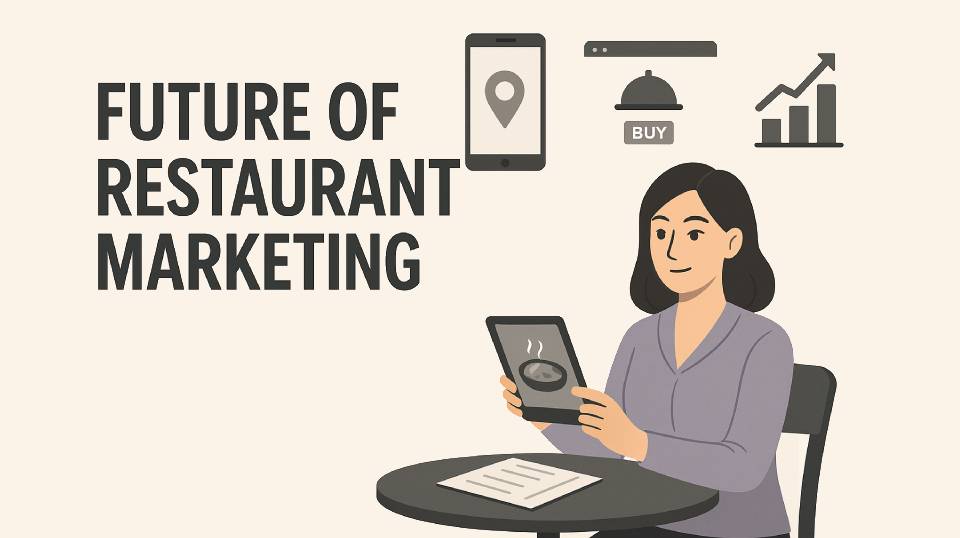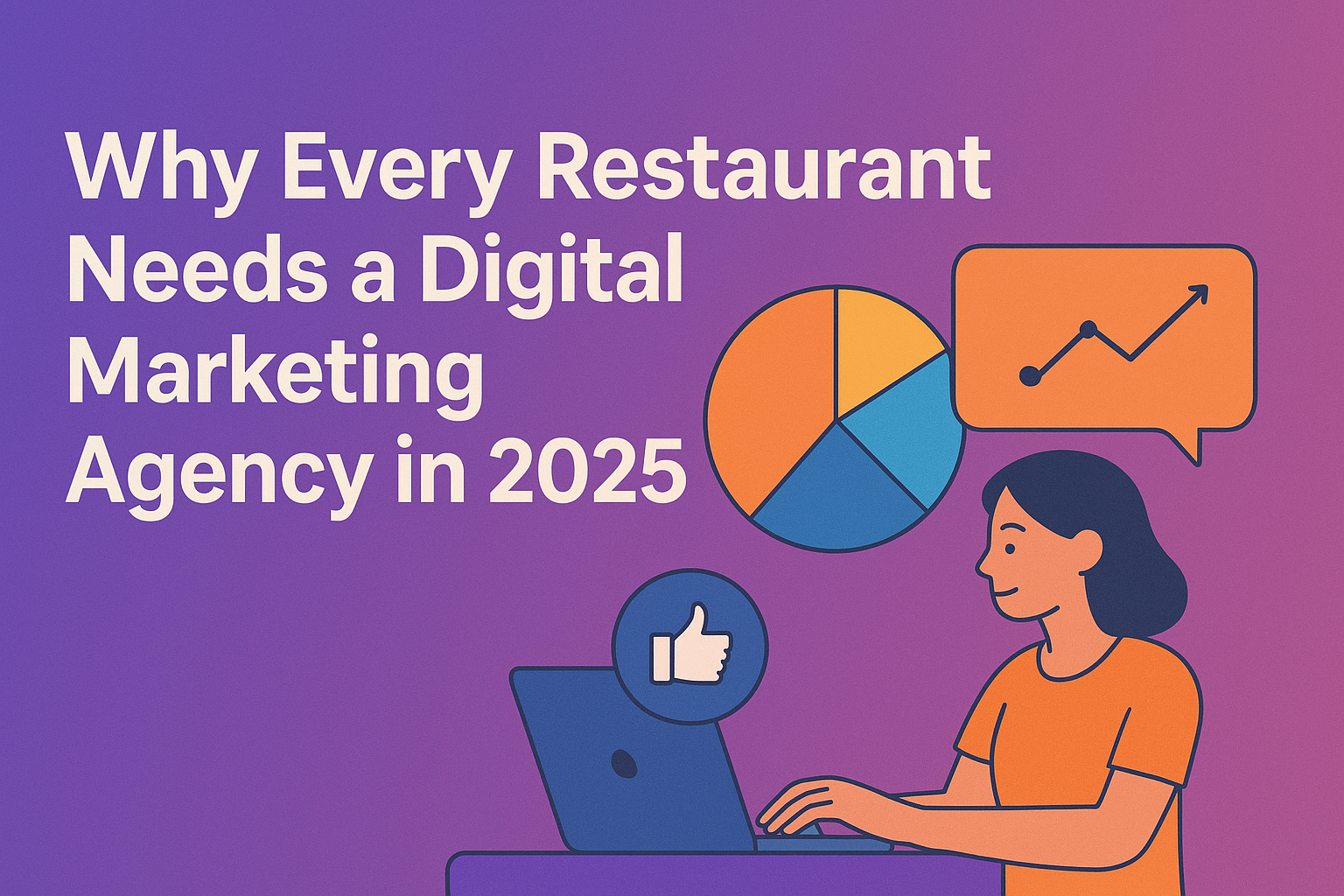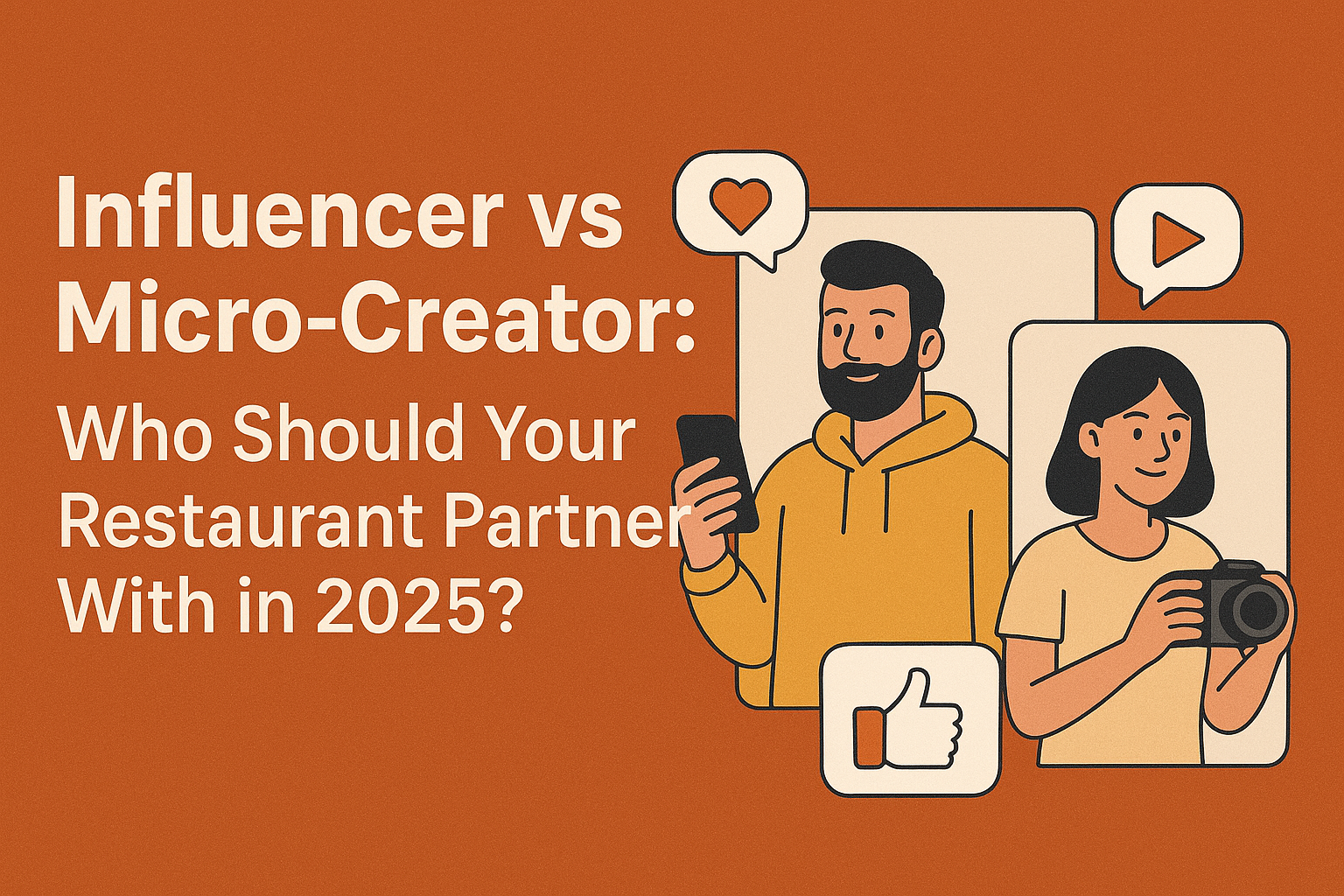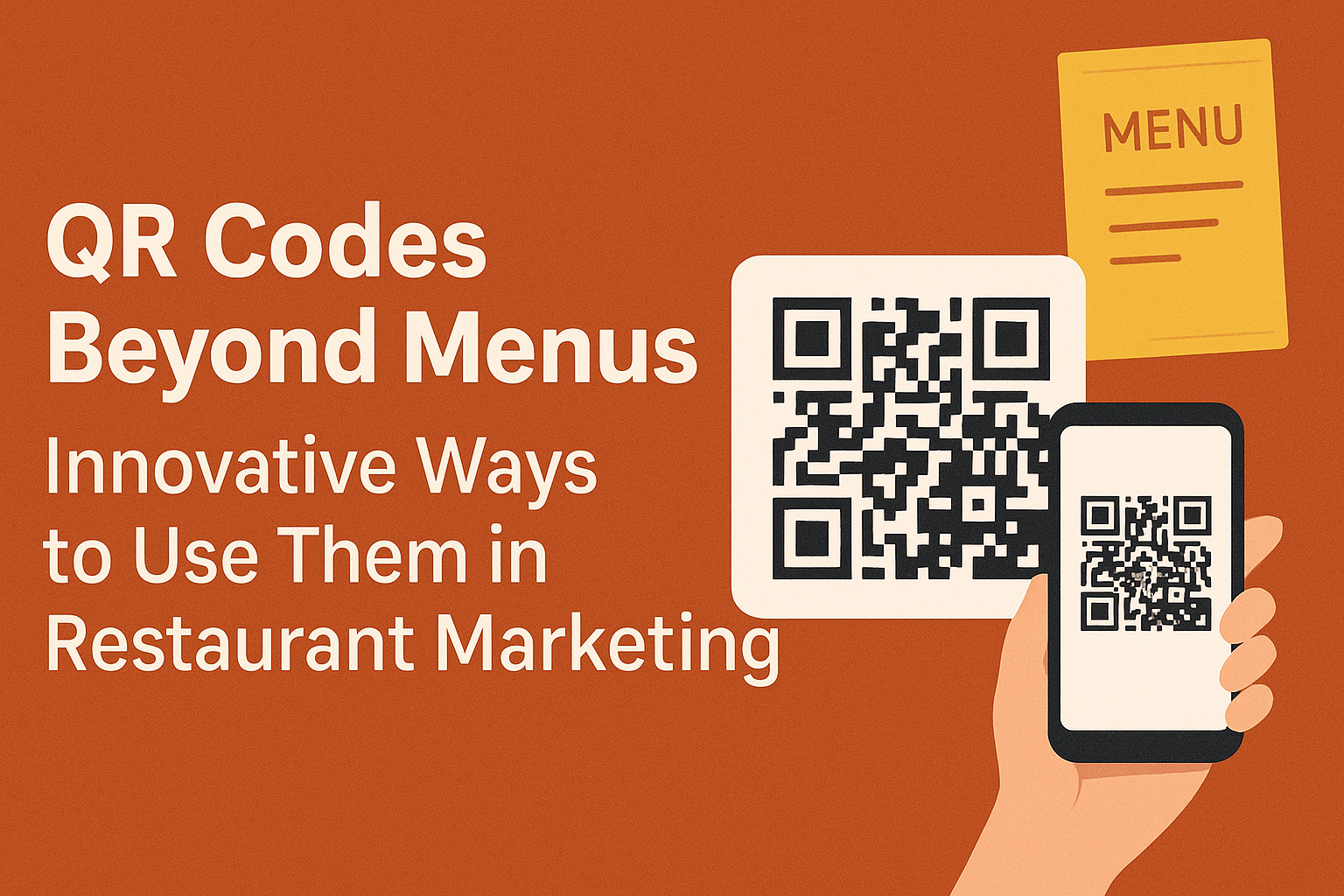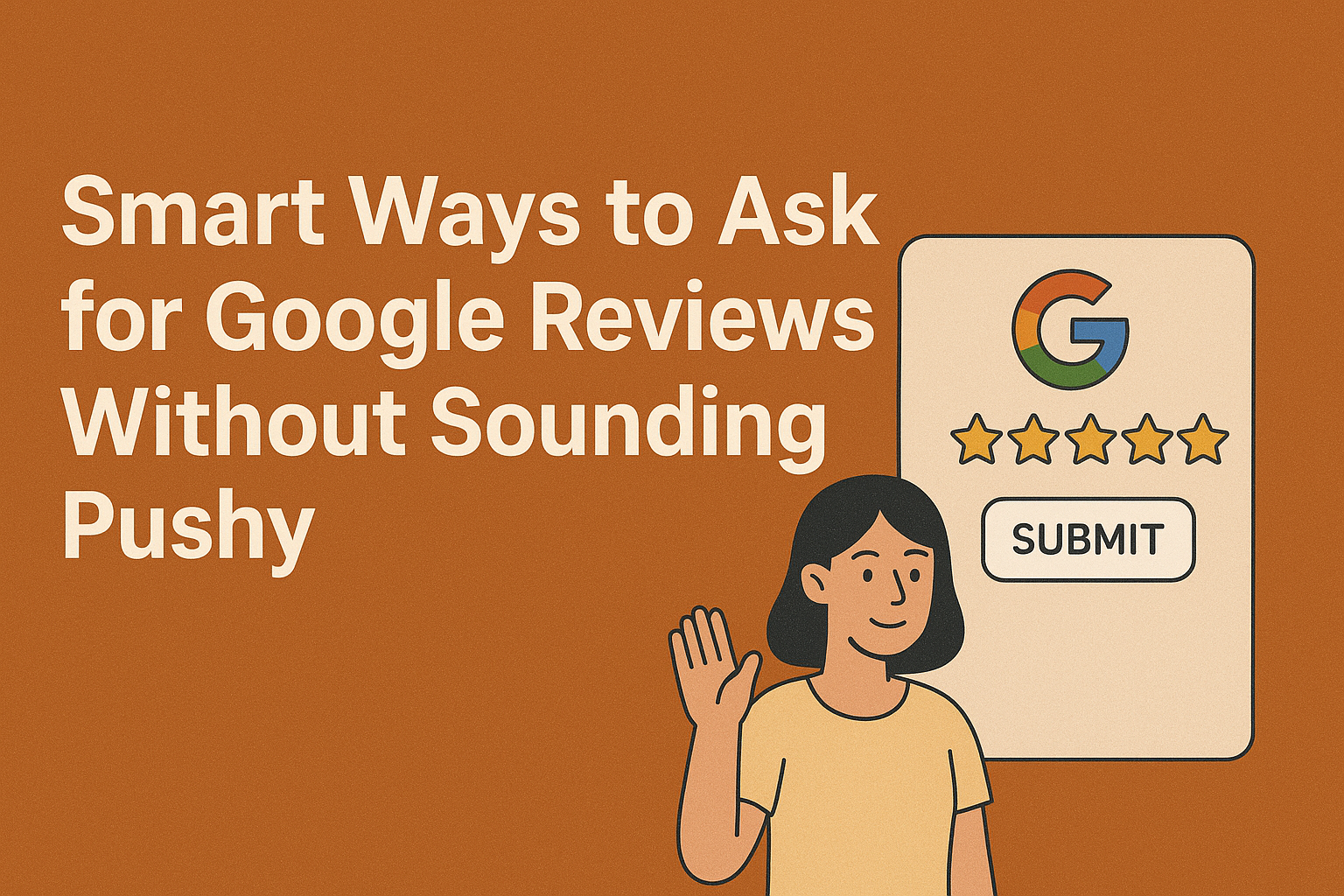The Indian restaurant industry is evolving rapidly, with new marketing trends shaping how businesses attract and retain customers. As competition intensifies, staying ahead with innovative restaurant marketing strategies is crucial for success.
From AI-driven personalization to hyper-local SEO, let’s explore the top trends revolutionizing restaurant marketing in India this year.
Why Restaurant Marketing is Evolving in India
Several factors are driving the shift in restaurant marketing strategies:
✔️ Rising digital adoption – With more consumers using food delivery apps like Zomato and Swiggy, digital presence is now essential.
✔️ Customer expectations for personalization – Diners want tailored offers and experiences.
✔️ Emergence of AI & automation – AI-powered tools help optimize pricing, menu design, and customer engagement.
✔️ Influencer-driven marketing – Social media influencers now play a significant role in restaurant promotions.
Understanding these changes will help restaurants implement future-proof marketing strategies.
Top Restaurant Marketing Trends to Watch This Year
1. AI-Powered Customer Personalization
AI is transforming restaurant marketing by enabling hyper-personalized customer experiences. With AI-driven tools, restaurants can analyze customer behavior, predict preferences, and offer targeted deals.
🔹 Example: Indian food-tech startup Qubriux provides AI-powered CRM solutions that help restaurants offer dynamic discounts and personalized promotions.
🔗 Read more about AI in restaurant marketing
How to Implement AI in Your Restaurant Marketing:
✔️ Use AI-driven chatbots for customer queries.
✔️ Send automated personalized email offers based on past orders.
✔️ Implement AI-based recommendation engines for upselling.
2. The Rise of Hyper-Local SEO for Restaurants
With “near me” searches skyrocketing, optimizing for Google My Business for restaurants is now more important than ever. Restaurants that appear in Google Maps, Zomato, and Swiggy searches gain better visibility and attract more customers.
🔹 Example: A Mumbai-based café, Café Noir, optimized its local SEO by updating its Google My Business profile, responding to reviews, and using location-based keywords. This led to a 30% increase in foot traffic.
Best Practices for Hyper-Local SEO:
✔️ Optimize Google My Business for restaurants with updated menus, photos, and location details.
✔️ Encourage customers to leave reviews on Google, Zomato, and Swiggy.
✔️ Use local keywords like “best rooftop café in Delhi” or “affordable restaurants in Bangalore.”
🔗 Learn more about local SEO strategies
3. Influencer Marketing & User-Generated Content (UGC)
Restaurant influencer marketing is booming in India. Food bloggers and Instagram influencers have the power to drive huge traffic to restaurants. Collaborating with micro-influencers is now a go-to strategy for many brands.
🔹 Example: Brands like Social and Mamagoto frequently collaborate with food influencers like Shivesh Bhatia and Archit Agarwal to boost engagement.
How to Leverage Influencer Marketing:
✔️ Partner with local food bloggers & Instagram influencers for reviews.
✔️ Encourage customers to share posts using branded hashtags.
✔️ Offer discounts for users who tag your restaurant in their stories.
🔗 How influencer marketing is shaping the F&B industry
4. Interactive Digital Menus & QR Code Ordering
With contactless dining becoming the norm, many Indian restaurants are adopting AI-powered digital menus that offer dynamic pricing, multilingual support, and personalized recommendations.
🔹 Example: Swiggy’s Dineout SmartPay integrates AI-driven digital menus that recommend popular dishes based on customer preferences.
Why Digital Menus Are the Future:
✔️ Reduce order errors & improve customer experience.
✔️ Provide AI-based suggestions to increase average bill value.
✔️ Enable quick updates for menu items and prices.
🔗 Explore AI-driven menu innovations
5. WhatsApp Marketing for Restaurants
WhatsApp marketing is becoming a game-changer in the Indian restaurant industry. With WhatsApp Business API, restaurants can send personalized offers, reservation confirmations, and event invitations directly to customers.
🔹 Example: Mumbai-based chain The Bombay Canteen successfully uses WhatsApp to share limited-time offers and festive menus, boosting repeat orders.
Best Ways to Use WhatsApp for Restaurant Marketing:
✔️ Send personalized discount codes to loyal customers.
✔️ Automate table reservations through WhatsApp chatbots.
✔️ Share daily specials & menu updates via WhatsApp broadcasts.
🔗 Learn about WhatsApp marketing for restaurants
6. Social Media & Video Content Domination
Short-form video content is dominating restaurant social media marketing. Platforms like Instagram Reels, YouTube Shorts, and Facebook Stories are driving engagement.
🔹 Example: Biryani by Kilo uses Instagram Reels to showcase behind-the-scenes cooking, customer testimonials, and influencer collaborations.
How Restaurants Can Use Video Marketing:
✔️ Create 30-second food prep videos for Instagram & YouTube Shorts.
✔️ Share chef interviews & food trivia to engage audiences.
✔️ Go live on Instagram or Facebook during special events.
🔗 How to create engaging restaurant video content
Conclusion
The future of restaurant marketing in India is all about AI-driven personalization, hyper-local SEO, influencer collaborations, and digital innovations. By implementing these trends, restaurants can:
✔️ Increase online visibility with Google My Business for restaurants.
✔️ Boost sales through AI-driven marketing strategies.
✔️ Enhance customer engagement with WhatsApp marketing & influencer collaborations.
The key is to adapt quickly and integrate these marketing trends to stay ahead in the competitive F&B industry.
🚀 Ready to take your restaurant marketing to the next level? Get in touch with an F&B digital marketing agency for expert guidance!
FAQ: Future of Restaurant Marketing in India
Optimizing Google My Business for restaurants, running local SEO campaigns, and using Instagram ads can significantly boost visibility.
AI helps in customer personalization, dynamic pricing, and predictive analytics for better marketing decisions.
Yes! WhatsApp allows direct customer communication, order confirmations, and exclusive discount promotions.
Absolutely! Micro-influencers can bring high engagement at a lower cost compared to big celebrity endorsements.
Instagram, Facebook, and YouTube are the best platforms for visual-driven restaurant marketing.


